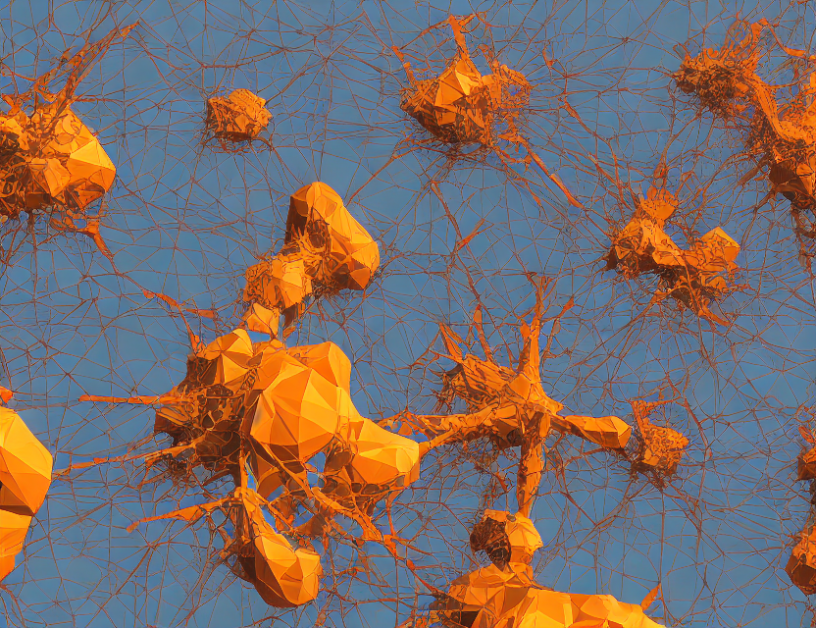Advances in Neural Information Processing Systems (NIPS) have led to significant improvements in computer vision and pattern recognition. This article focuses on domain adaptation for semantic segmentation, which is critical for various applications such as autonomous driving, medical imaging, and robotics. The authors propose a novel approach called WildNet, which learns domain-generalized semantic segmentation from the wild.
Domain Adaptation
Domain adaptation is a crucial task in computer vision, where a model trained on one domain (source domain) needs to perform well on another domain (target domain). This challenge arises due to differences between the source and target domains, such as different lighting conditions, viewpoints, or object distributions. Domain adaptation techniques aim to reduce these differences by learning a shared representation across multiple domains.
WildNet: A Novel Approach for Domain Adaptation in Semantic Segmentation:
WildNet is a novel approach that learns domain-generalized semantic segmentation from the wild. The key idea behind WildNet is to use domain-agnostic feature learning combined with adversarial training to adapt the model to new domains. This approach enables the model to learn a shared representation across multiple domains, which improves its generalization ability and reduces the need for task-specific fine-tuning.
Advantages of WildNet
WildNet has several advantages over traditional domain adaptation techniques:
- Improved Generalization Ability: WildNet learns a shared representation across multiple domains, which leads to better generalization performance on unseen domains.
- Reduced Fine-Tuning: By adapting the model to new domains using adversarial training, WildNet reduces the need for task-specific fine-tuning, making it more efficient and easier to deploy.
- Robustness to Domain Shifts: WildNet is robust to large domain shifts, ensuring that the model can perform well on diverse environments.
- Efficient Implementation: WildNet can be implemented using existing deep neural network architectures, making it computationally efficient and easy to integrate with other techniques.
Conclusion
In summary, WildNet is a novel approach for domain adaptation in semantic segmentation that learns domain-generalized features from the wild. By combining domain-agnostic feature learning with adversarial training, WildNet improves the generalization ability of semantic segmentation models and reduces the need for task-specific fine-tuning. This approach has important implications for various applications such as autonomous driving, medical imaging, and robotics, where robust and efficient computer vision models are critical.



